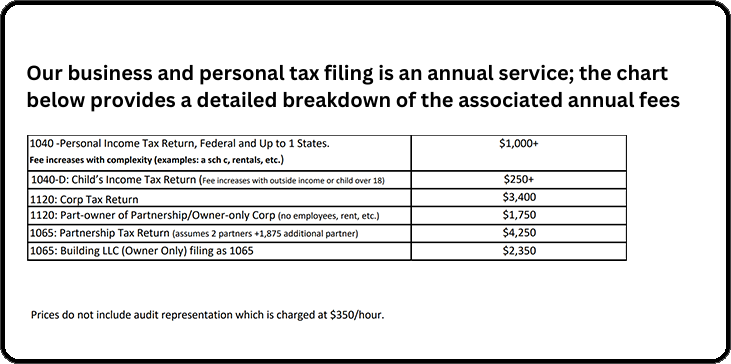Tune in to our podcast series: The Dental Board Room
Listen Now

By Wes Read, with Brandon Hobson & Paul Lipcius — The Dental Boardroom
Once a quarter, we zoom out on the economy and ask two questions every practice owner cares about: What’s happening in markets? and What should I do about it? In Episode 130, Chief Investment Officer Brandon Hobson and Investment Committee member Paul Lipcius joined me to unpack the bond market, the stock market, and the surprising strength of international equities—and what it means for dentists.
Bottom line for dentists: Expect lower yields on pure cash and money markets as the Fed trims, while practice loans and mortgages key off the longer end (10-year) and may not fall in lockstep. Keep adequate reserves, but don’t over-park in cash if your IPS (investment policy statement) supports a longer horizon.
What we’re doing differently:
Rather than blindly hugging the S&P 500, we tilt toward factors (e.g., value, dividends, fundamental indexing) and size (small/large caps) through ETFs. This helps reduce overexposure to mega-cap growth while hunting for under-loved, cash-generative businesses in staples, utilities, and energy.
Investor takeaway: You can be right about overvaluation and still lose by timing it wrong. Dollar-cost averaging and sticking to your IPS beats emotional in-and-out decisions.
International has quietly been the star this year in our discussion:
Our stance: Maintain a meaningful 20–40% allocation to developed and emerging international within equity sleeves, consistent with your IPS and risk tolerance.
Regardless of headlines, long-term outcomes hinge on controllables:
At Practice CFO, we always invest for two clients—Present You and Future You. Diversification, factor tilts, international exposure, rebalancing, and tax-smart implementation are how we honor both.
Want a portfolio review or an IPS refresh tailored to your practice and timeline? Let’s talk.
Wes knows what's best for dental practices. He's been doing this for a long time and he sees lots of practices. He can tell me how our practice is doing, and what we can do to increase our productivity. With past CPA's, there were no ideas. It was all coming from me, saying "I think I can do better, but I don't know how." I come in to meet with Wes and he says "You CAN do better, and I know how."
PracticeCFO is in hundreds of dental offices around the country. They know what numbers should look like. They know what percentages of payroll, rent and supplies should be, and they will hold you accountable to those numbers, which will really help you stick to your plan and your path of growth and savings. That is invaluable
Whenever something comes up, whether it's building or practice related and we weren't sure where the numbers would go, PracticeCFO has been instrumental in helping us figure that out. I can't say enough of how important that is - that it goes beyond that initial partnership. They make sure this business marriage works.
When I go home from work, I don't spend a whole lot of time stressing about what my books look like, or how much I owe in taxes. By using PracticeCFO, the burden of keeping track of a lot of the big financial numbers and metrics are taken off my plate.
PracticeCFO helped me develop a plan for the future. I have colleagues that work with other accountants that don't have a plan - they just look at the numbers of the practice and that's it. There's no plan for 10, 20 years from now. But with PracticeCFO, you get that. PracticeCFO makes you feel like you're they're only client.
(In reference to his practice sale) What could've been super stressful, wasn't! When picking John and Wes, it was from word of mouth recommendations and other people's experiences from the past that really did it for me. And it turns out that those recommendations were right on the line.
Wes knows the business side of dentistry. His comprehensive plan will organize your personal and professional finances so you can focus on taking care of patients. Massive ROI.
I can’t say enough good things about everyone at PracticeCFO. Everyone on the team is professional, organized, knowledgeable, helpful and kind. They also respond to emails and phone calls immediately and are always happy to help. They have helped me navigate year-to-year as a business owner. PracticeCFO gives me peace of mind that my business is in good hands.
I love Practice CFO! They have helped me obtain a practice and maintain a practice. They are incredible people who are on top of everything and make owning and running the business portion of a practice easy. They couldn’t be better for my business and my sanity. They have every detail of the business and taxes taken care of where all I have to do is show up and follow their easy steps to success!
Practice CFO has the best tools I’ve seen for personal tax and financial planning in addition to top-tier corporate tax and accounting services. I have been very pleased with the level of quality service. They manage my monthly bookkeeping and accounts payable. It is a great system and saves me a ton of time, and it allows us to have monthly financial statements within a week of month end.

This will close in 0 seconds